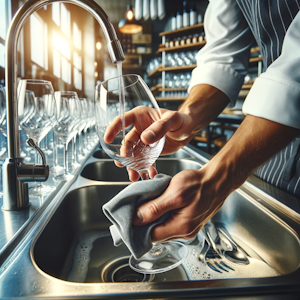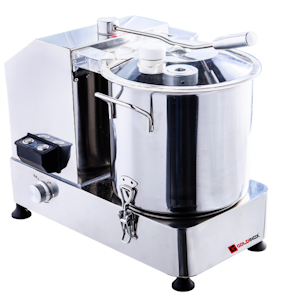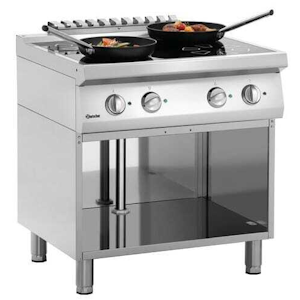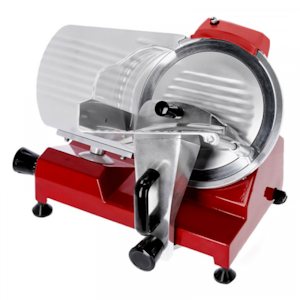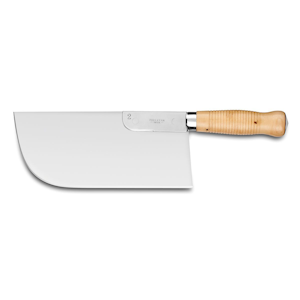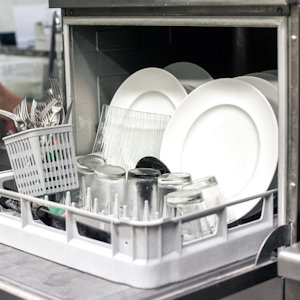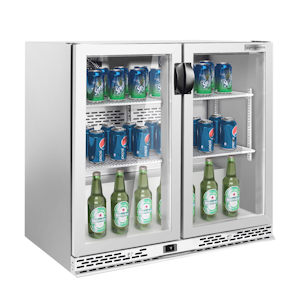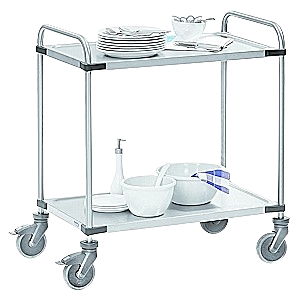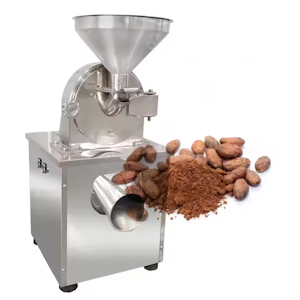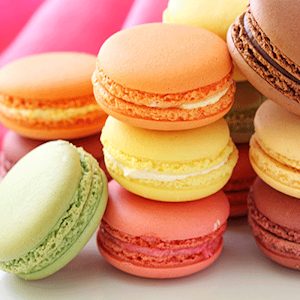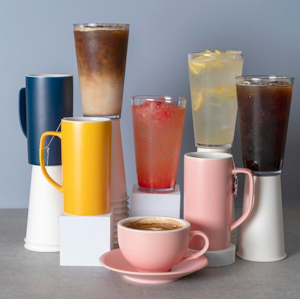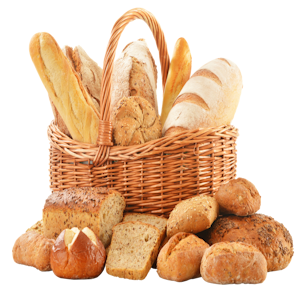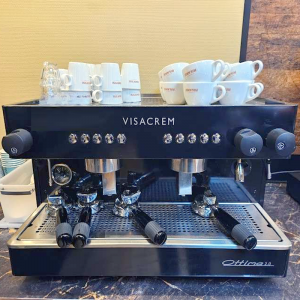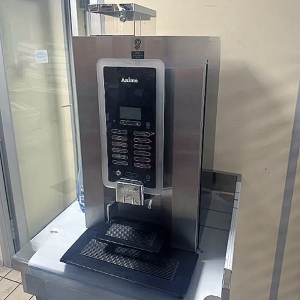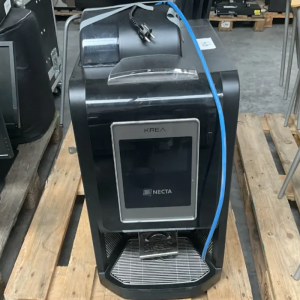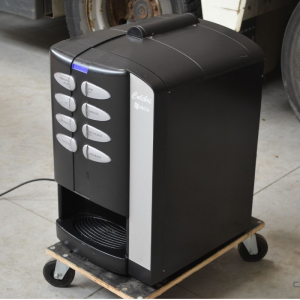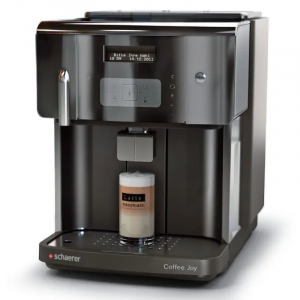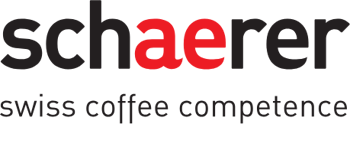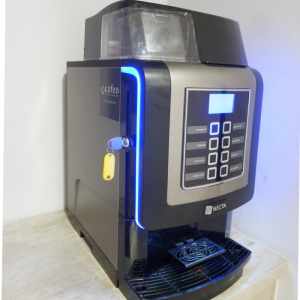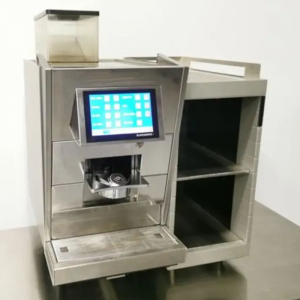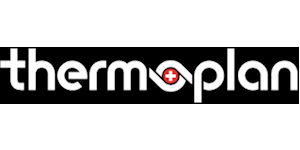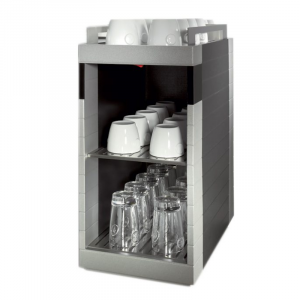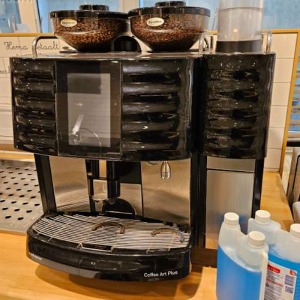New Products
New Products
-
Gas Stove 2-Burner 700.KG-2...
€1,650.64 €825.32 Tax incl. - €687.77 Tax excl. Price with an intra-community VAT number or for export -
Frucosol F50 Professional...
€2,904.00 €2,032.80 Tax incl. - €1,694.00 Tax excl. Price with an intra-community VAT number or for export -
Friteuse de Table...
€1,620.00 Tax incl. - €1,350.00 Tax excl. Price with an intra-community VAT number or for export -
Gas Industrial Burner with...
€744.00 Tax incl. - €620.00 Tax excl. Price with an intra-community VAT number or for export -
INDUSTRIAL BURNER Q621-R
€1,614.00 Tax incl. - €1,345.00 Tax excl. Price with an intra-community VAT number or for export -
INDUSTRIAL BURNER Q621-A
€1,117.20 Tax incl. - €931.00 Tax excl. Price with an intra-community VAT number or for export -
INDUSTRIAL BURNER Q621
€865.20 Tax incl. - €721.00 Tax excl. Price with an intra-community VAT number or for export -
Friteuse et son bras à Churros
€2,990.00 Tax incl. - €2,491.67 Tax excl. Price with an intra-community VAT number or for export -
UNOX Floor Positioning...
€1,248.00 Tax incl. - €1,040.00 Tax excl. Price with an intra-community VAT number or for export -
UNOX High Stand XWVRC-0711-H
€816.00 Tax incl. - €680.00 Tax excl. Price with an intra-community VAT number or for export -
UNOX Water Treatment by...
€1,728.00 Tax incl. - €1,440.00 Tax excl. Price with an intra-community VAT number or for export

Coffee machines
To make coffee, there are several methods and types of equipment, each producing a different flavor, texture, and strength. Here’s an overview of the main options:
1. Drip Coffee Maker
- Method: Hot water slowly drips through ground coffee in a filter, then into a carafe.
- Advantages: Simple, quick, and ideal for making multiple cups at once. It generally produces a light, smooth coffee.
- Disadvantages: The flavors can be less complex compared to other brewing methods.
2. French Press
- Method: Hot water is combined with ground coffee in a container, then a plunger is pressed down to separate the grounds from the liquid.
- Advantages: Produces a rich, full-bodied coffee with a robust flavor since no paper filter is used, preserving natural oils.
- Disadvantages: Can have sediment in the cup, and it requires a few minutes to steep.
3. Moka Pot (Stovetop Espresso Maker)
- Method: Uses steam pressure to push water through ground coffee, producing a strong, espresso-like coffee.
- Advantages: Yields a bold, aromatic coffee that’s relatively easy to make on a stovetop.
- Disadvantages: Can be tricky to master to avoid overly bitter or burnt coffee.
4. Espresso Machine
- Method: Hot water is forced under high pressure through finely ground coffee, creating a concentrated espresso shot.
- Advantages: Produces an intense coffee with a characteristic crema (golden foam) on top and allows for espresso-based drinks like cappuccinos and lattes.
- Disadvantages: Equipment can be expensive, and the method requires some skill to master.
5. Cold Brew
- Method: Coffee grounds are mixed with cold water and steeped for 12-24 hours, then filtered for a smooth, low-acid coffee.
- Advantages: Smooth, less bitter, and low acidity, ideal for iced coffee and coffee cocktails.
- Disadvantages: Long preparation time, and the flavor is generally less intense.
6. Turkish Coffee
- Method: Very finely ground coffee is mixed with water (and sometimes sugar) in a small pot (cezve), then heated until it foams.
- Advantages: Very concentrated, intense coffee with a thick texture. Grounds settle at the bottom, adding richness.
- Disadvantages: Can be very strong and bitter if not prepared correctly, and grounds remain in the cup.
7. AeroPress
- Method: Hot water is manually pressed through ground coffee using a plunger, combining espresso and French press methods.
- Advantages: Fast, portable, easy to clean, and allows control over coffee strength. Produces a rich, residue-free coffee.
- Disadvantages: Only makes one to two cups at a time.
8. Chemex (Glass Carafe Method)
- Method: Similar to drip coffee but uses thicker paper filters, which slow extraction.
- Advantages: Yields a clean, clear, and aromatic coffee with less sediment and oils, thanks to the thick filter.
- Disadvantages: Takes longer to brew and requires specific filters.
Usage Comparison
- Light, clean coffees: Drip coffee maker, Chemex.
- Rich, full-bodied coffees: French press, AeroPress.
- Intense, concentrated coffees: Espresso, Moka pot, Turkish coffee.
- Smooth, cold options: Cold brew.
Each method creates a different experience, impacting coffee’s texture, strength, and flavor. The choice depends on personal taste, prep time, and available equipment.
There are 10 products.
-
VISACREM OTTIMA 2.0 Espresso Machine
€2,736.00 Tax incl. - €2,280.00 Tax excl. Price with an intra-community VAT number or for export -
CIMBALI Traditional Coffee Machine 2 Groups M29 S(DT/2)
€4,791.60 Tax incl. - €3,993.00 Tax excl. Price with an intra-community VAT number or for export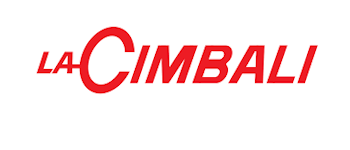
CIMBALI Traditional.
-
Animo Optibean 3 Coffee Machine
€7,440.00 Tax incl. - €6,200.00 Tax excl. Price with an intra-community VAT number or for export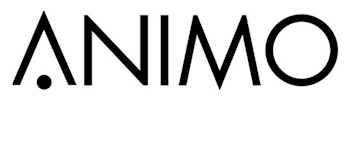
Animo.
-
Necta Krea Touch Machine à café à grain
€1,440.00 Tax incl. - €1,200.00 Tax excl. Price with an intra-community VAT number or for exportColibri de Necta
€720.00 Tax incl. - €600.00 Tax excl. Price with an intra-community VAT number or for export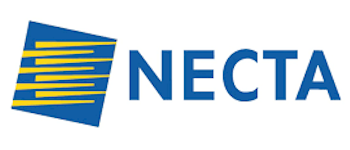
Colibri de Necta
Distributeur de boissons.Schaerer Coffee Joy
€1,200.00 Tax incl. - €1,000.00 Tax excl. Price with an intra-community VAT number or for exportKoro Max Prime ES - Café en grains - Necta
€2,160.00 Tax incl. - €1,800.00 Tax excl. Price with an intra-community VAT number or for export
Koro Prime
Quand la technologie rencontre le.
Thermoplan Black And white 2
€4,560.00 Tax incl. - €3,800.00 Tax excl. Price with an intra-community VAT number or for exportCafina® Chauffe-tasses ALPHA CW
€600.00 Tax incl. - €500.00 Tax excl. Price with an intra-community VAT number or for exportSchaerer Machines à café Coffee Art Plus
€2,640.00 Tax incl. - €2,200.00 Tax excl. Price with an intra-community VAT number or for export

